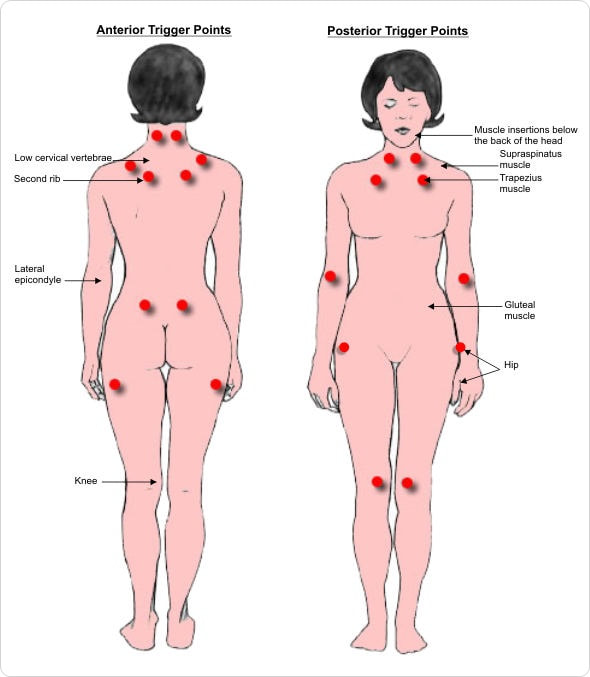CENTERED BODYWORK- STRUCTURAL INTEGRATION, CRANIOSACRAL AND ORTHOPEDIC MASSAGE
|
Most of my clients feel significant relief fairly quickly. But as the cases I take on get more and more challenging, a greater portion of these cases have confounding factors that impede recover or even cause the pain directly. It's helpful to explore differential diagnosis if your pain isn't responding to bodywork by a skilled practitioner. If your pain is not improving, it's best to see a doctor, naturopath, or chiropractor and rule out contributing causes. Please do not diagnose and treat yourself based on this or any other article. Here are some common conditions associated with muscle, joint and fascia pain.
0 Comments
Your comment will be posted after it is approved.
Leave a Reply. |

 RSS Feed
RSS Feed
